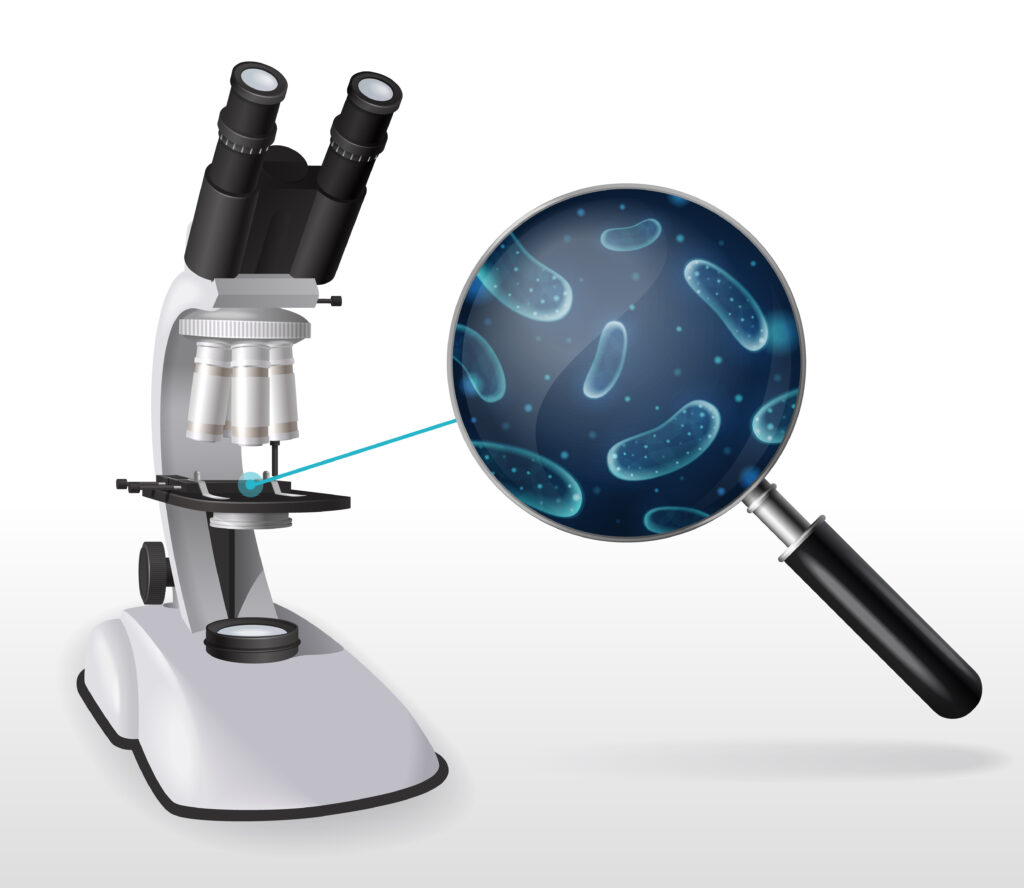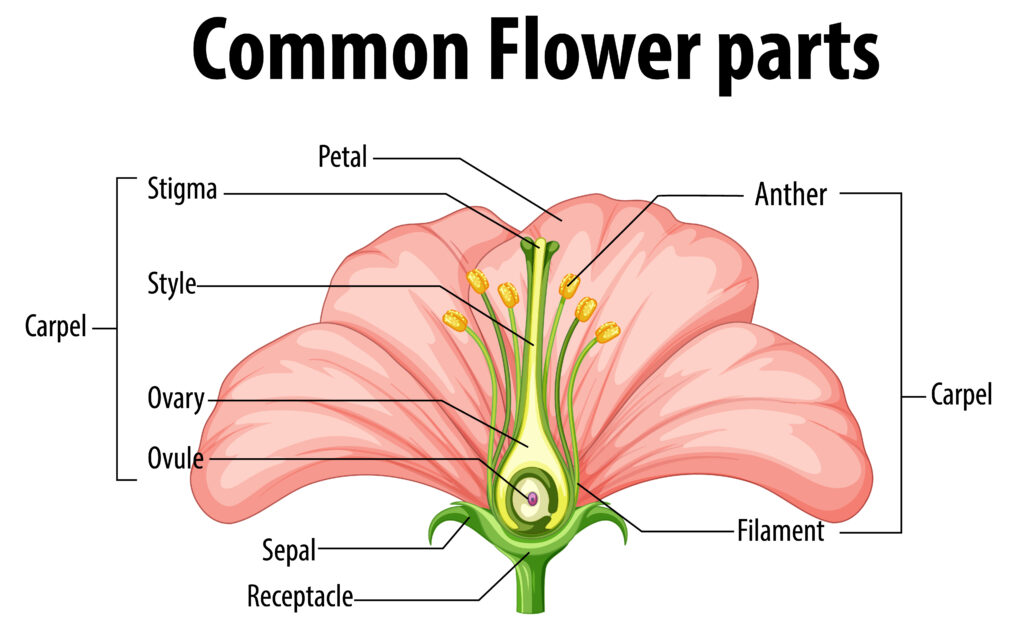Starch Test with Iodine
Simulate a classic biology experiment: the iodine test for starch. Observe the color changes and learn how this simple chemical reaction helps us detect the presence of carbohydrates in different substances.
Help & Instructions
▼- Run the Simulation: Click the 'Test Samples' button to see how iodine reacts with different substances.
- Observe the Results: Pay close attention to the color change in each test tube.
- Quiz Challenge: Answer questions about the test's principle, procedure, and results.
- Understand the principle of the iodine test for starch.
- Identify positive and negative results of the test.
- Connect the chemical reaction to the presence of starch.
- Predict the outcome of the test for different substances.
Iodine Test Simulation
Click the button to add iodine solution to each test tube and observe the result.
Quiz Challenge: Starch Test Principles
What is the color of the iodine solution before it reacts with starch?
The iodine test is a common chemical test used to detect the presence of starch. Iodine solution (iodine-potassium iodide) reacts with the coiled polysaccharide chain of starch molecules. This reaction changes the solution's color, providing a clear visual indicator.
The Chemistry of Starch Detection
The reagent used is a **brownish-yellow iodine solution**. This solution contains iodine ($$I_2$$) dissolved in potassium iodide ($$KI$$) to form a complex ion ($$I_3^-$$).
When iodine solution is added to a substance containing starch, the iodine molecules become trapped within the helical structure of the starch polymer. This trapping causes a change in the light absorption properties, resulting in a dramatic color change from brownish-yellow to **dark blue or black**.
- Positive Result: A color change to dark blue or black indicates the **presence of starch**.
- Negative Result: The color remains brownish-yellow, indicating the **absence of starch**.


